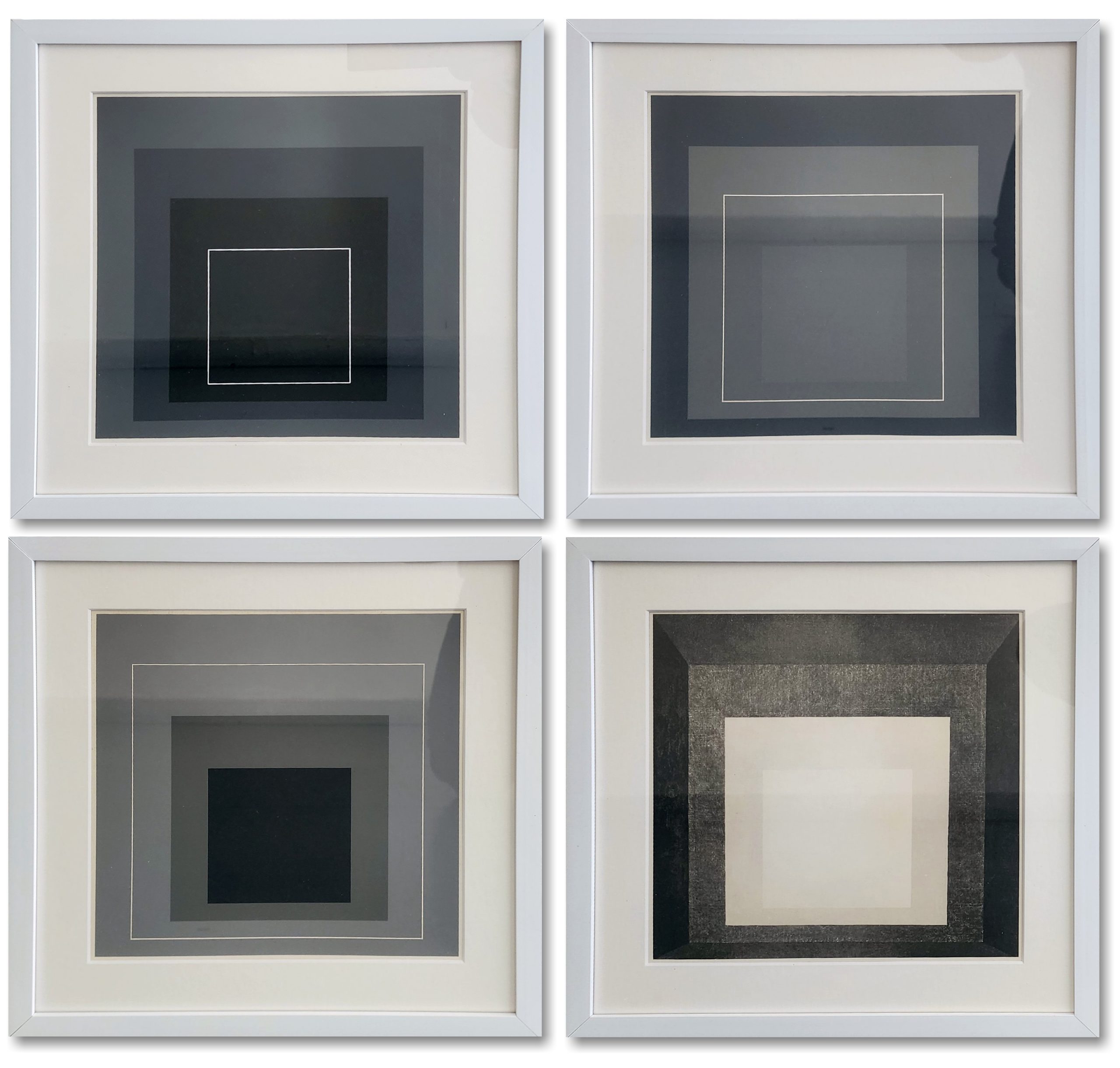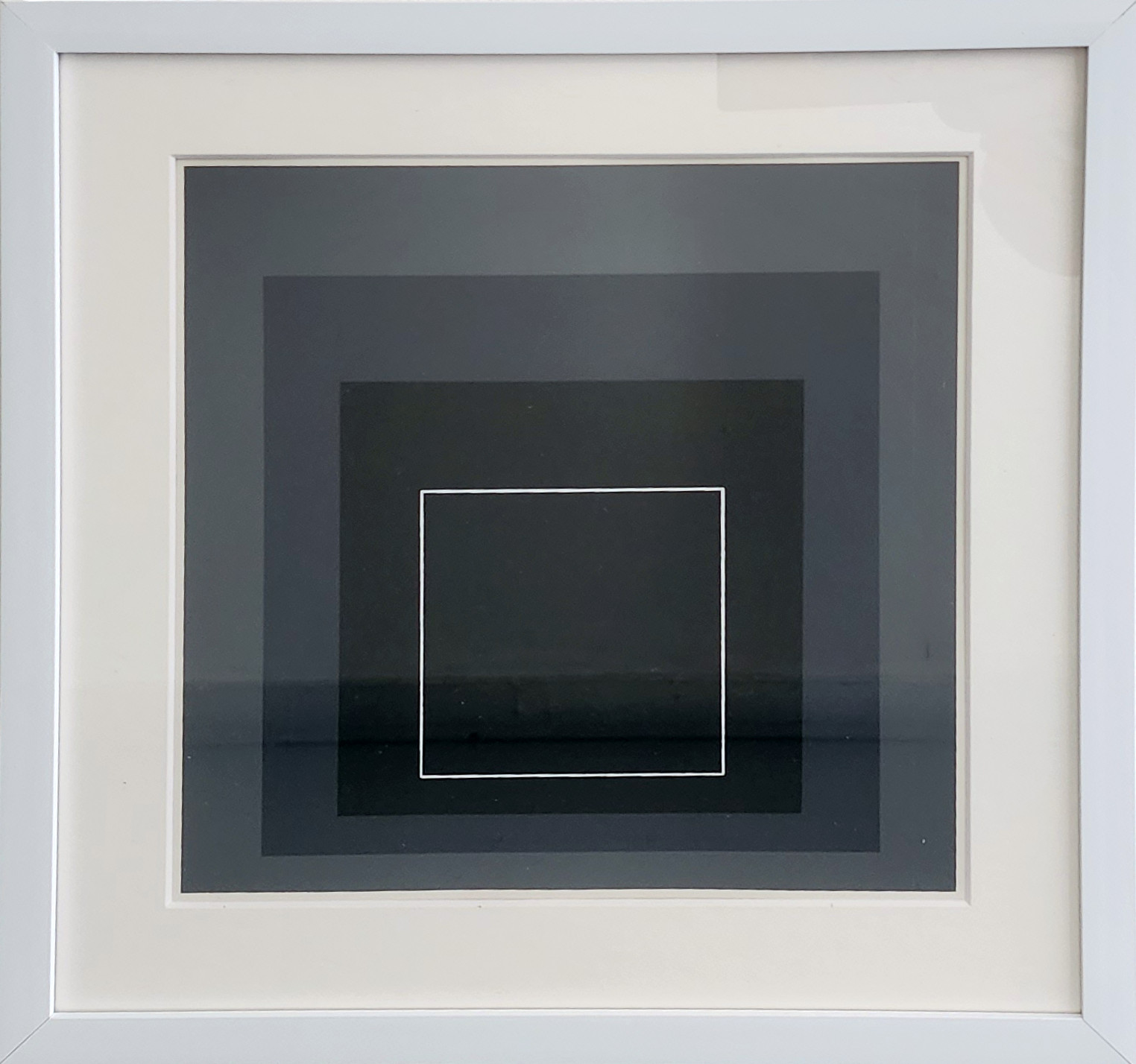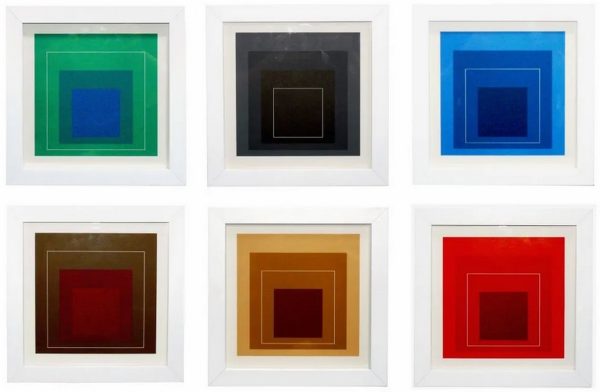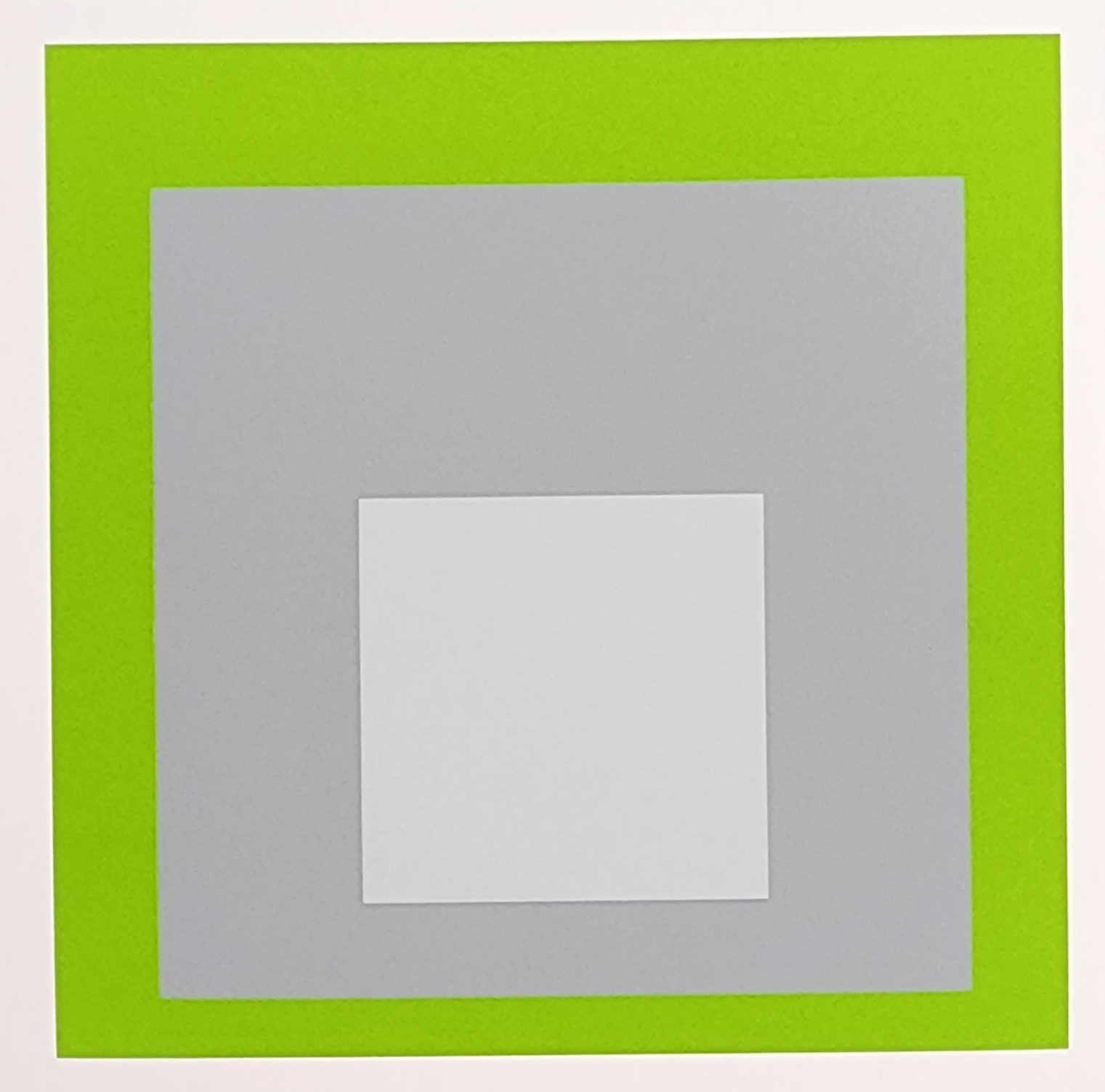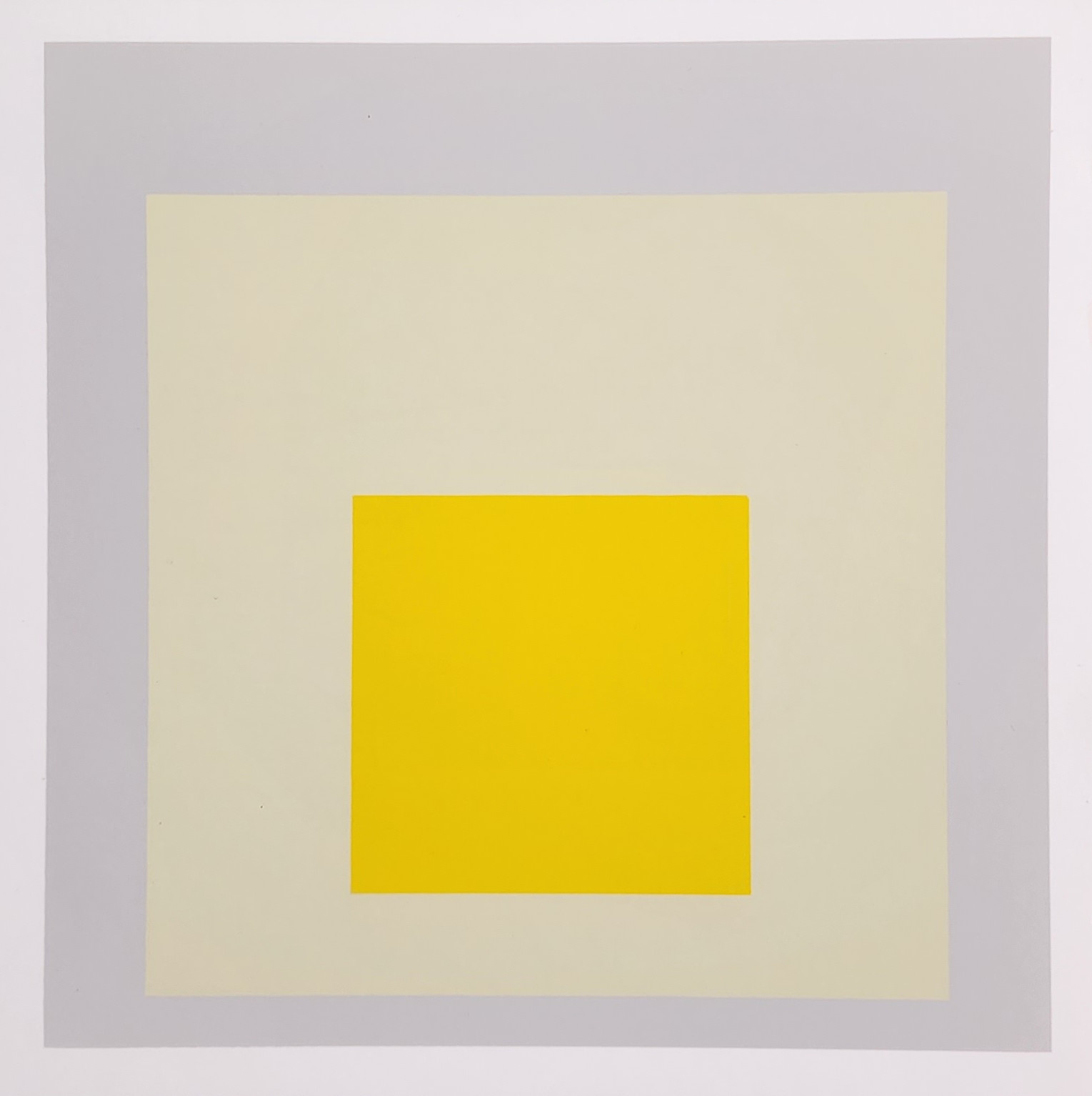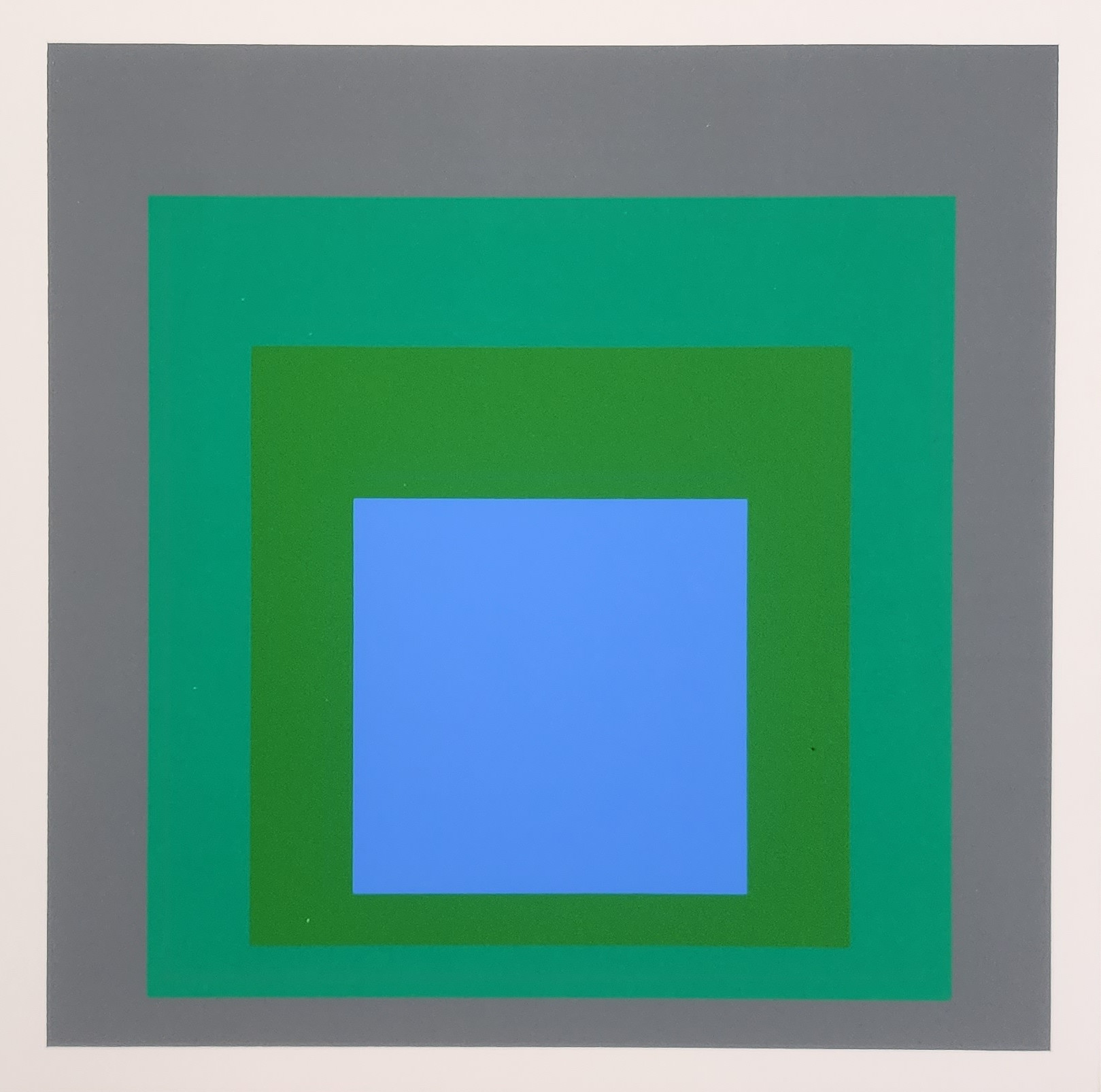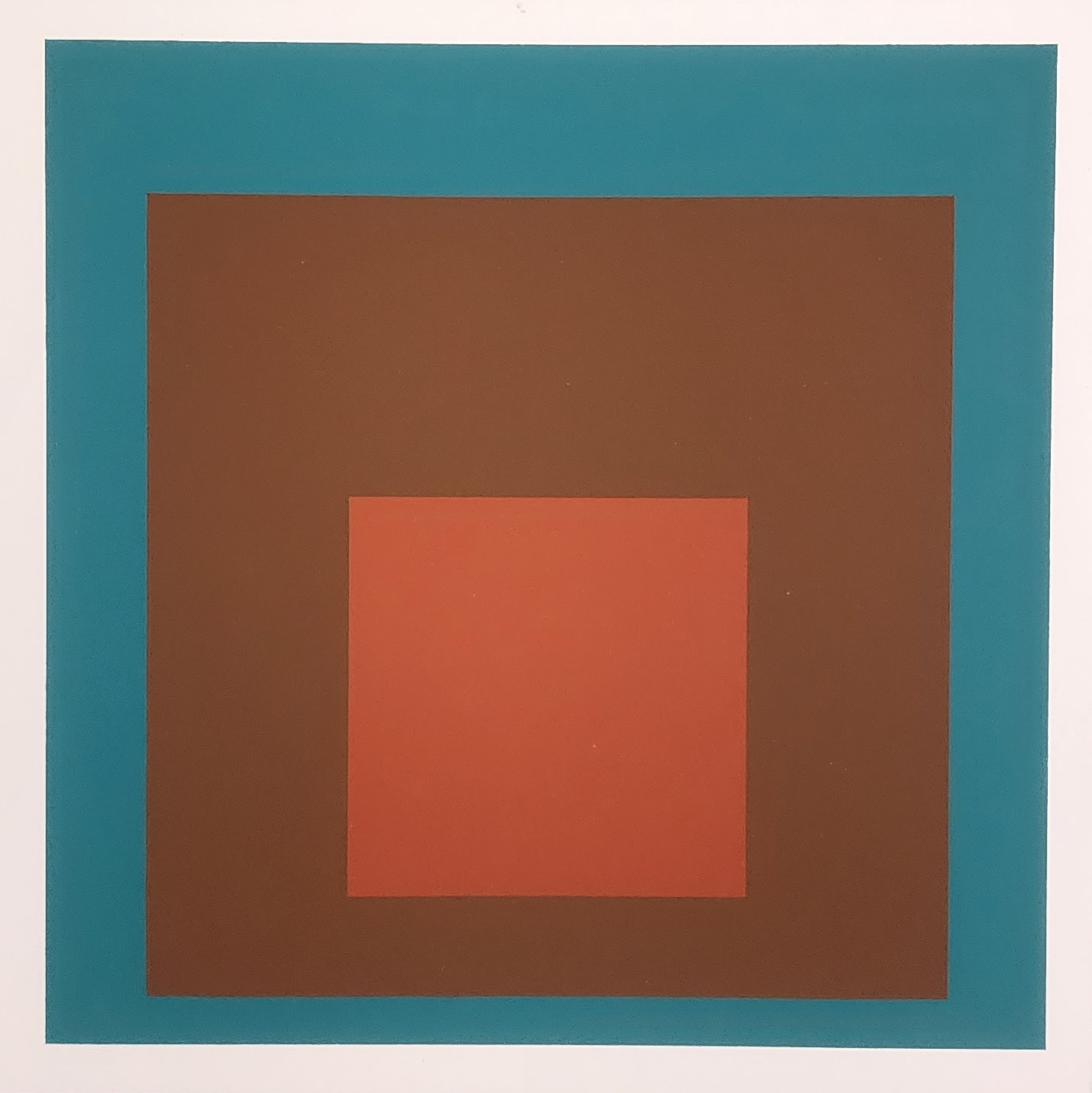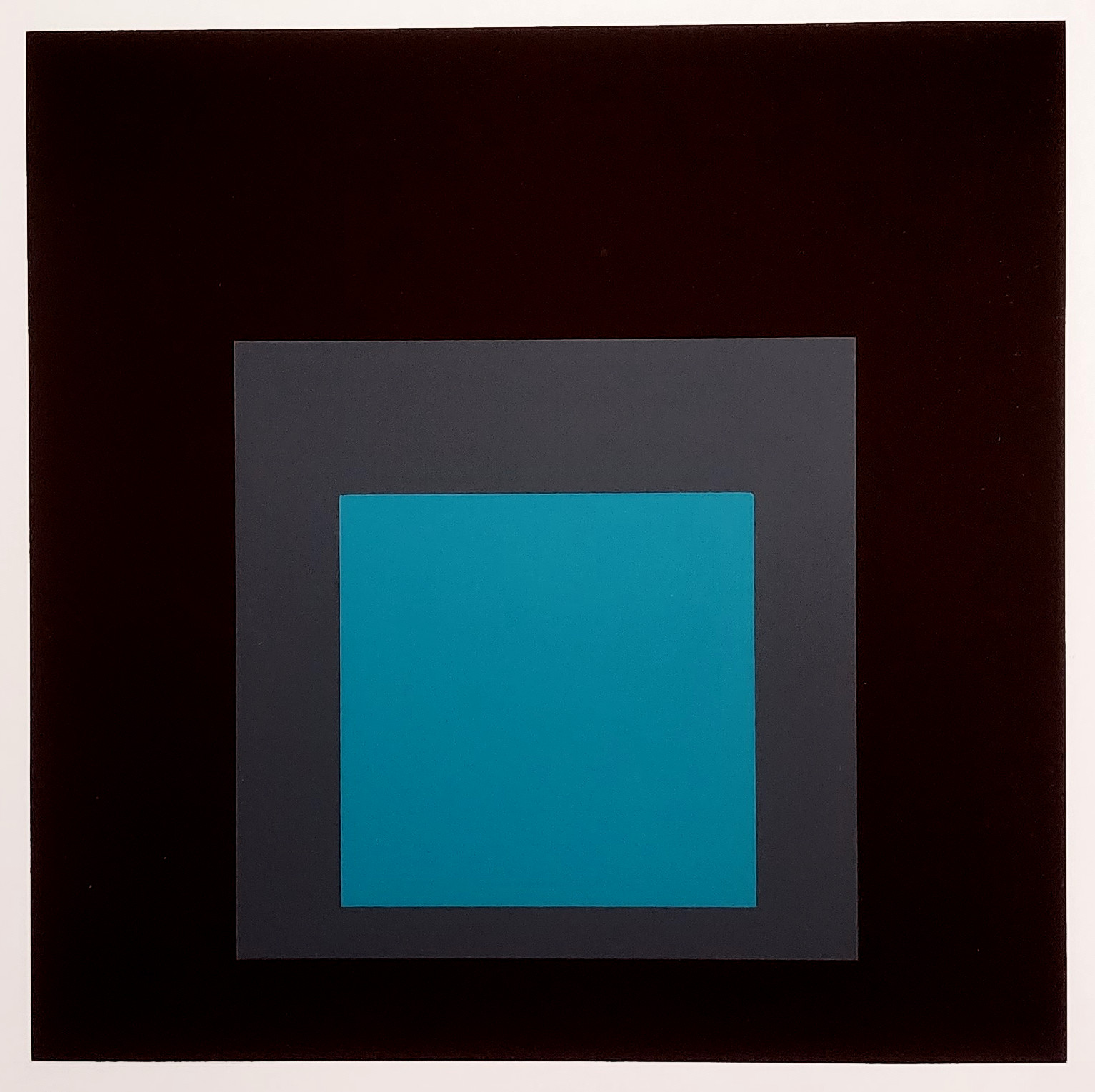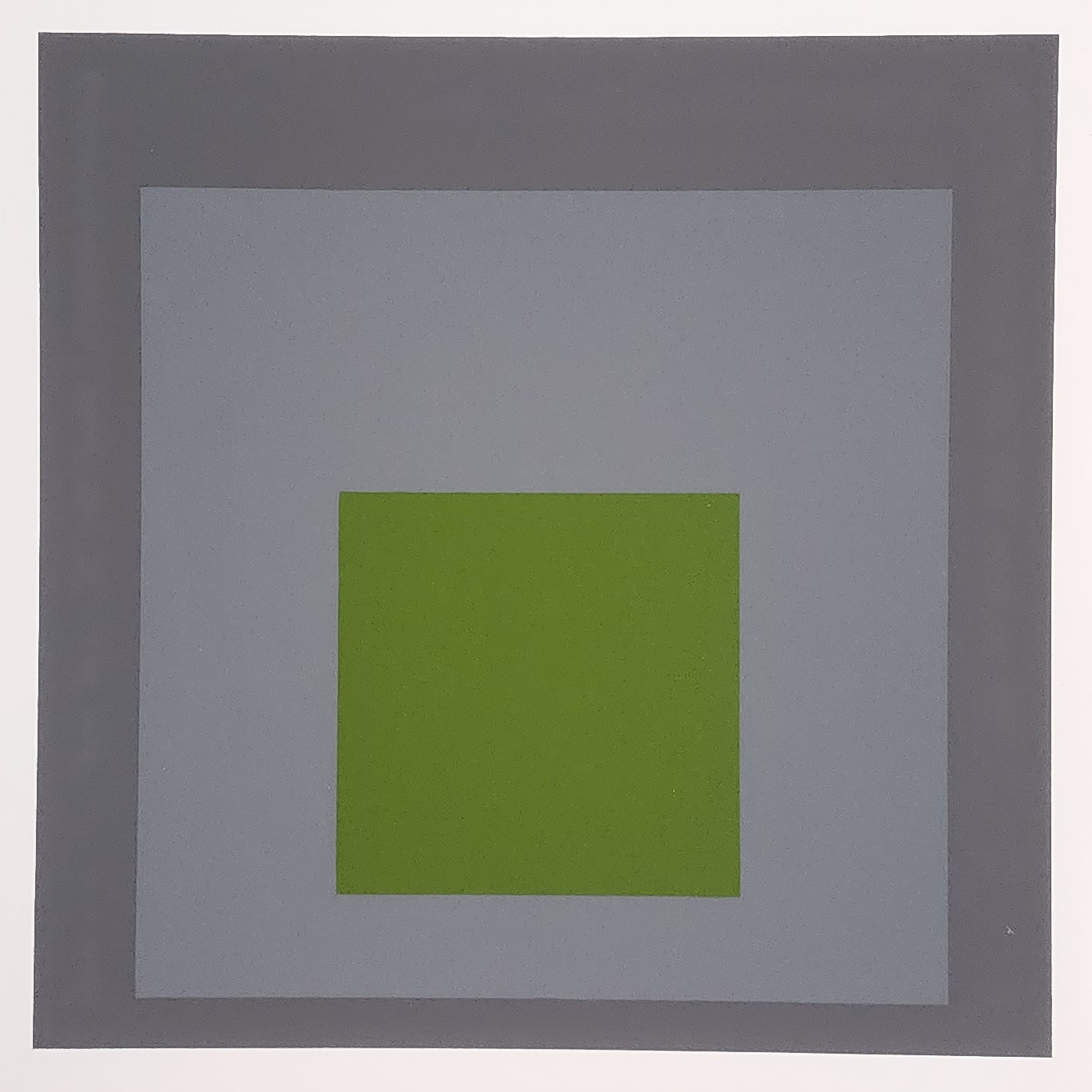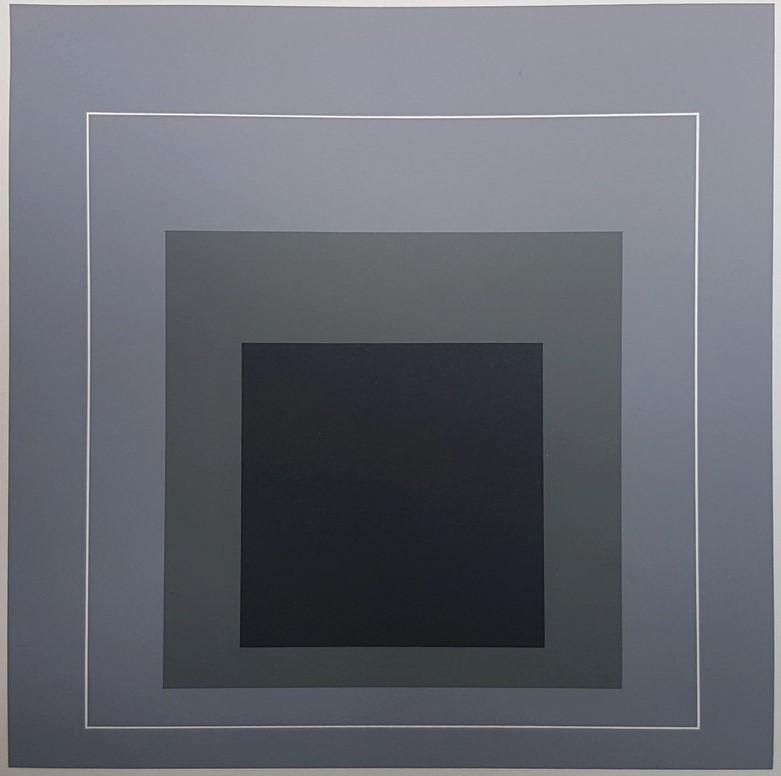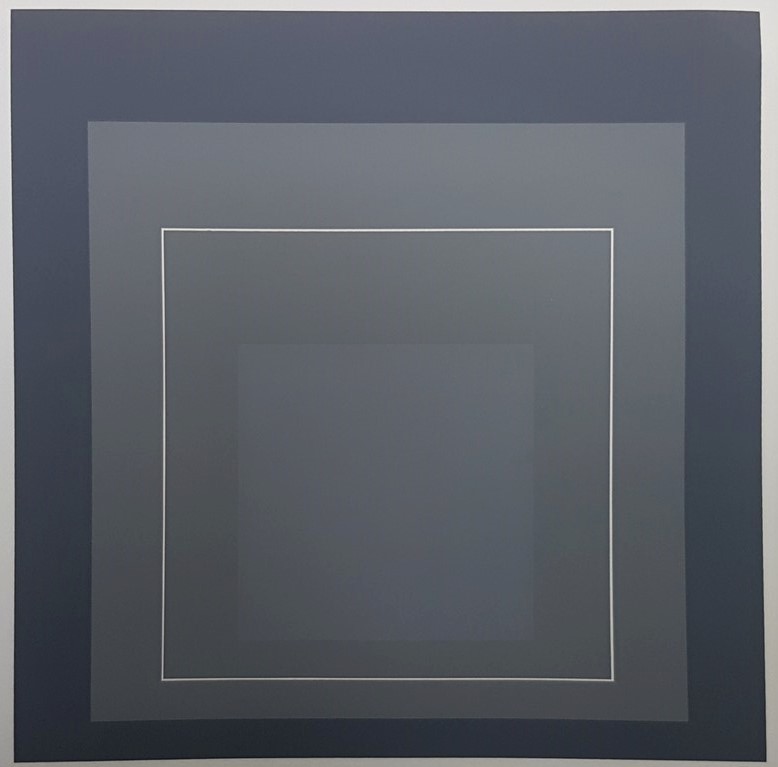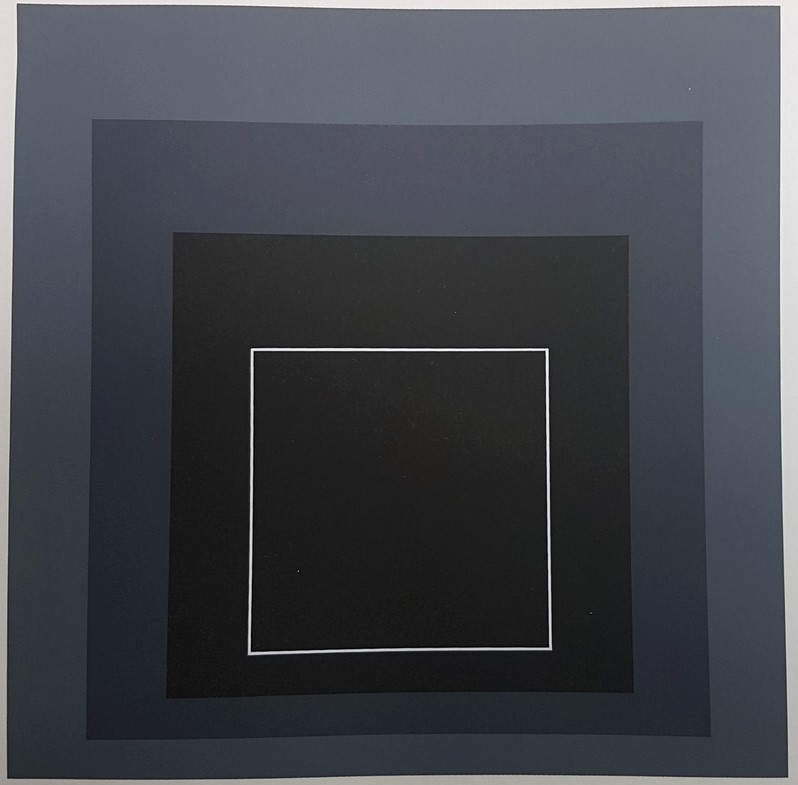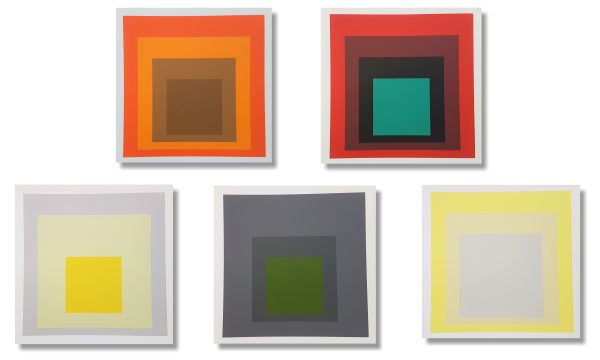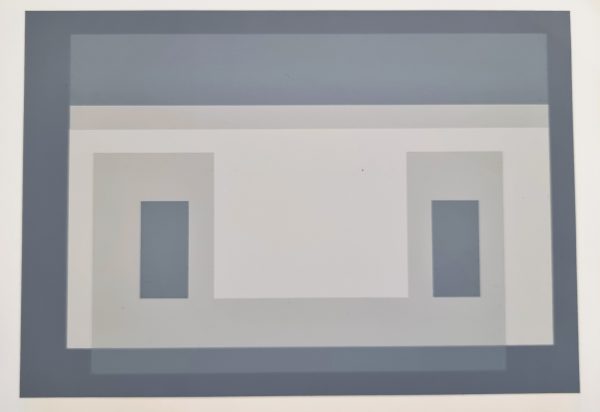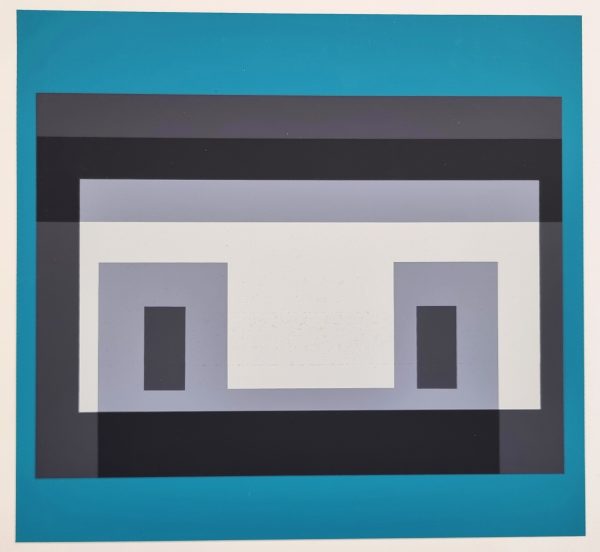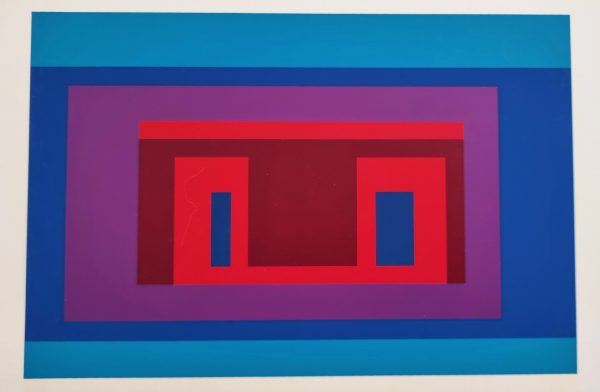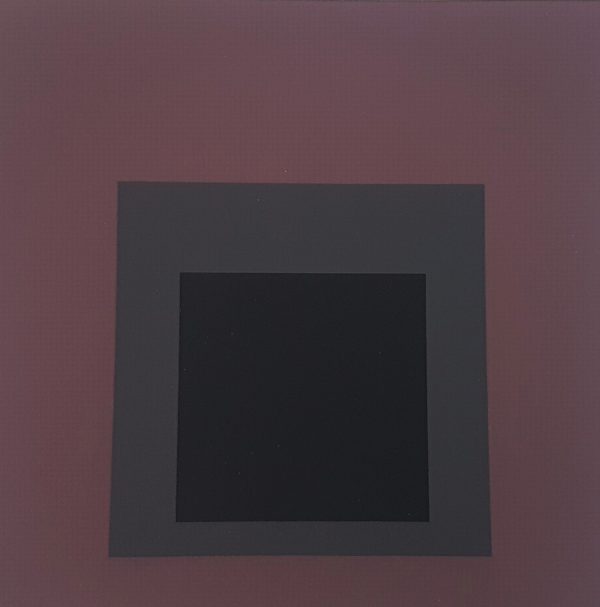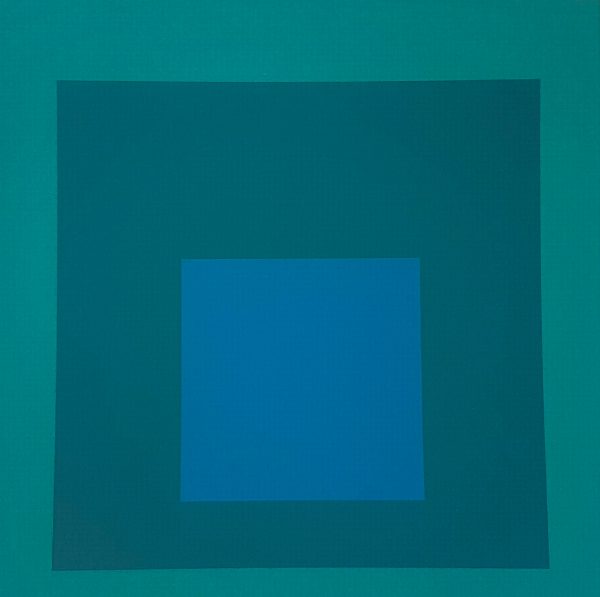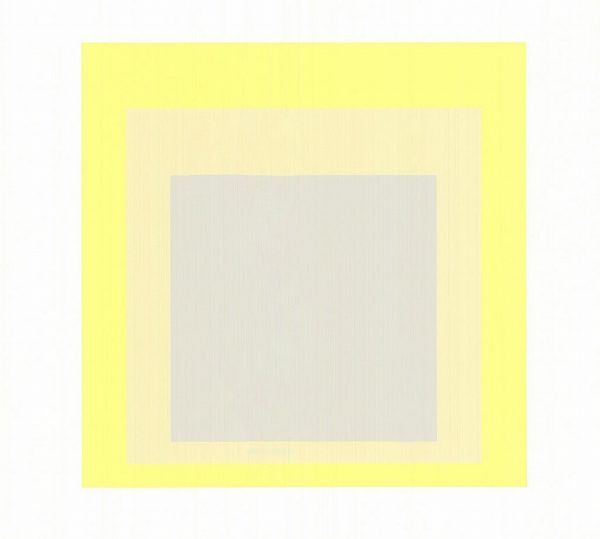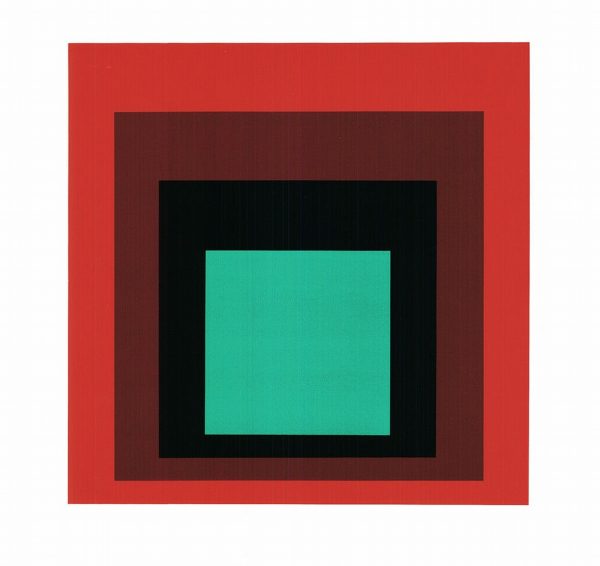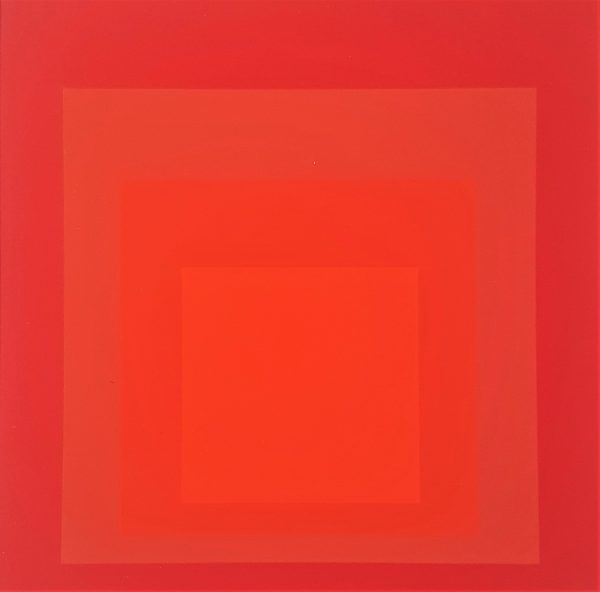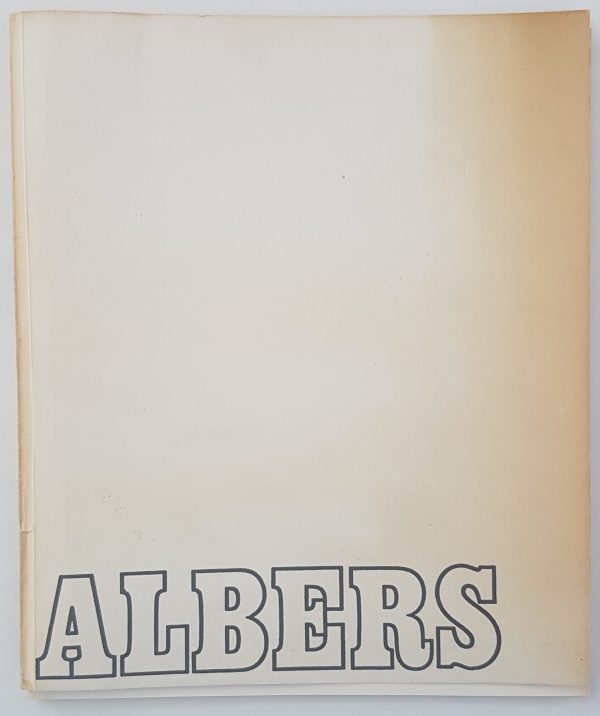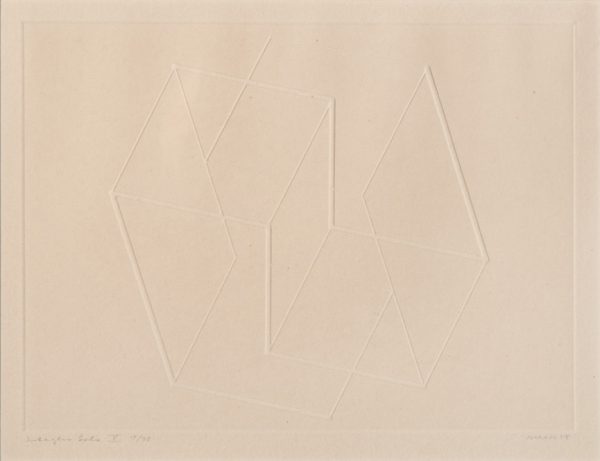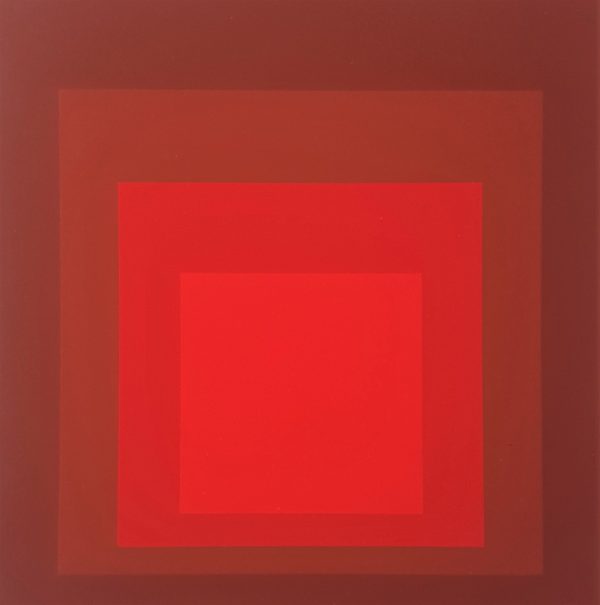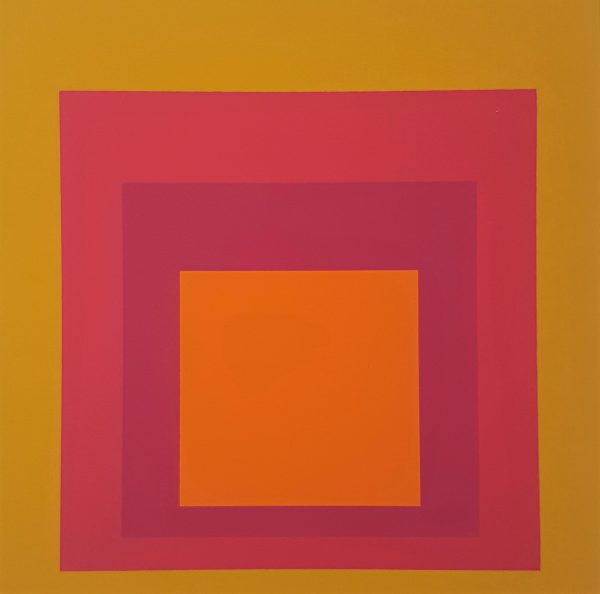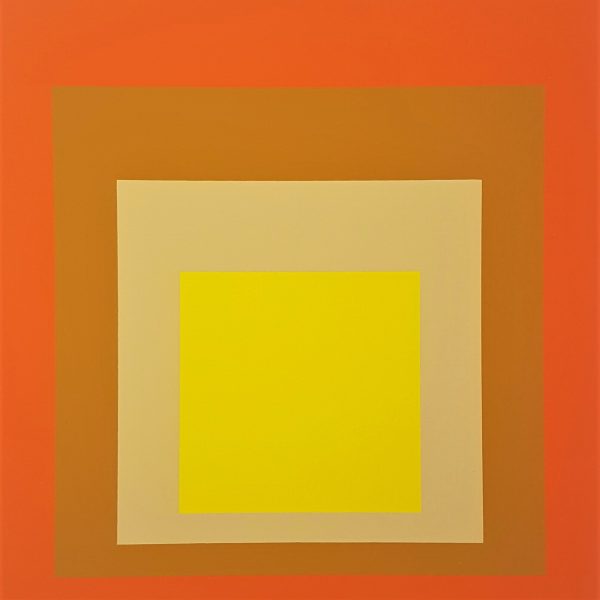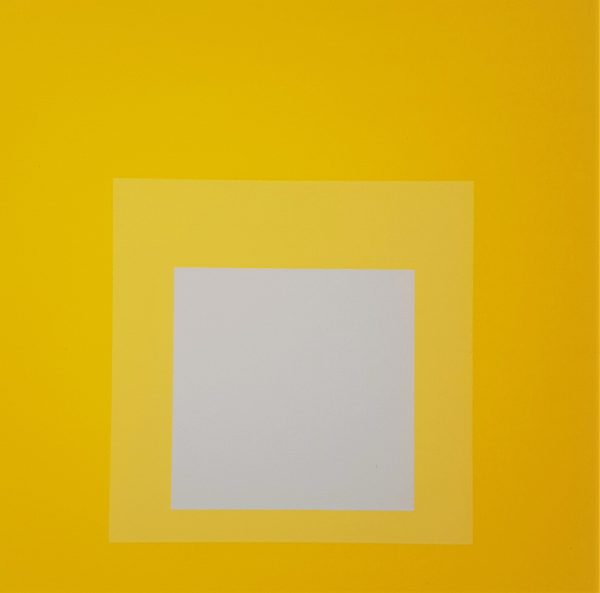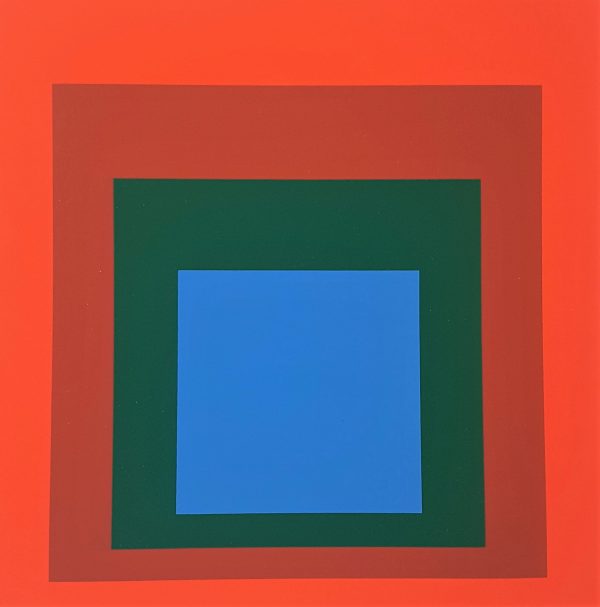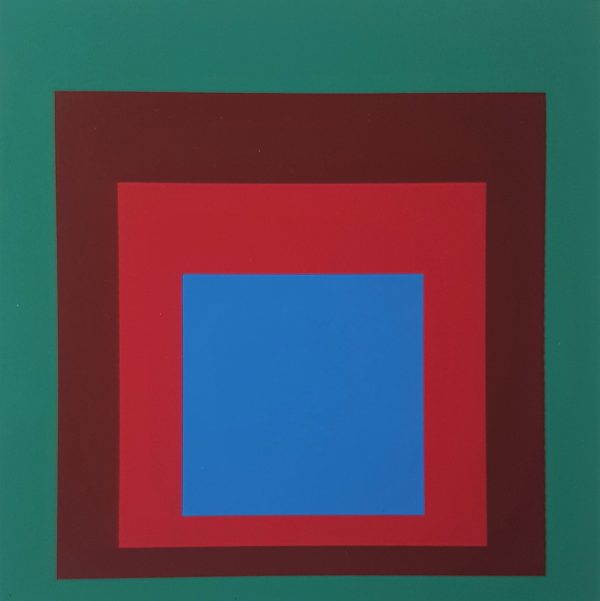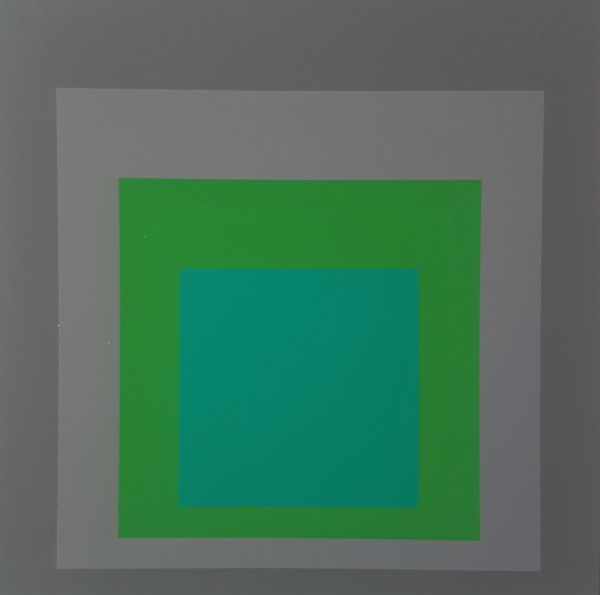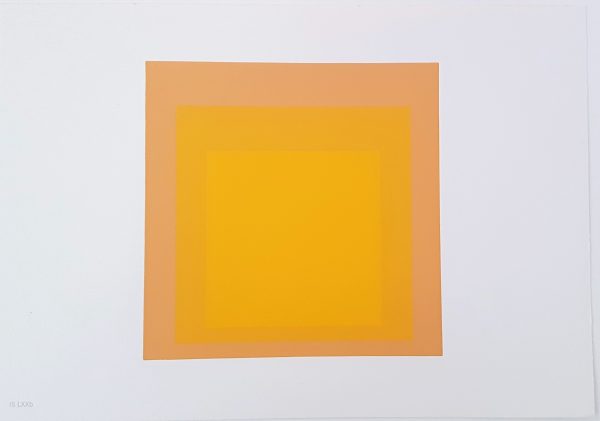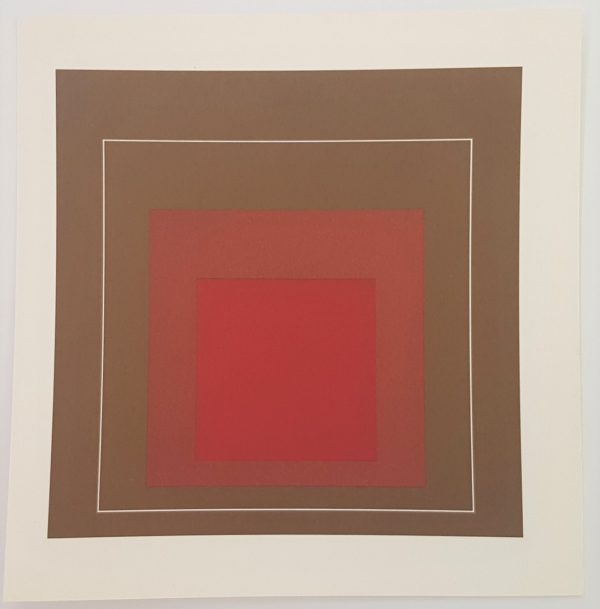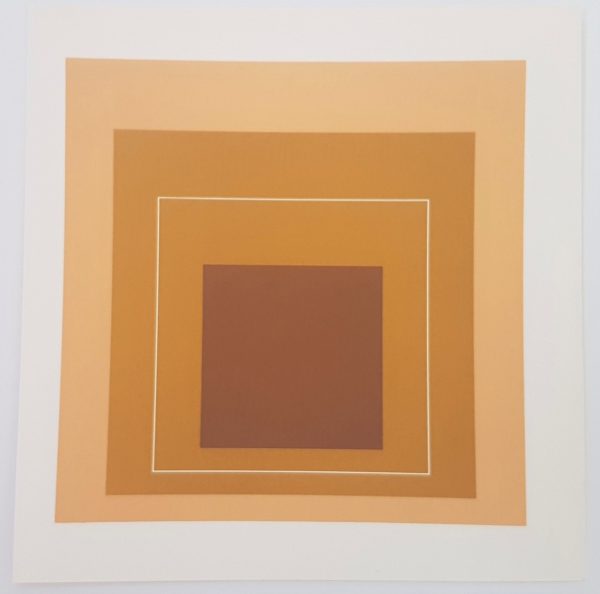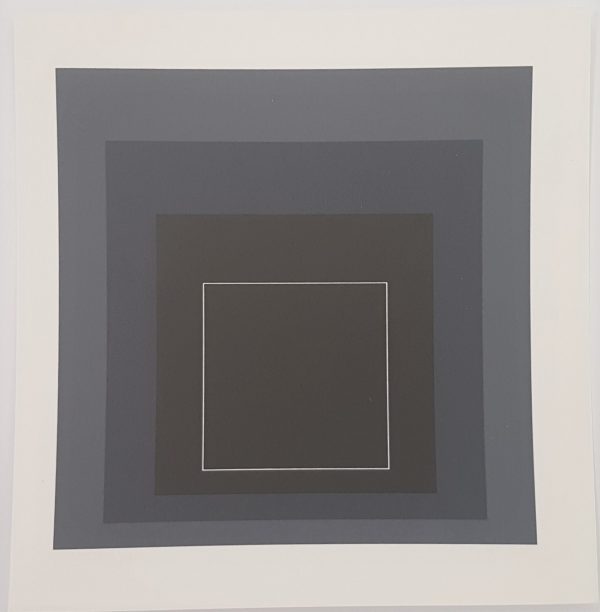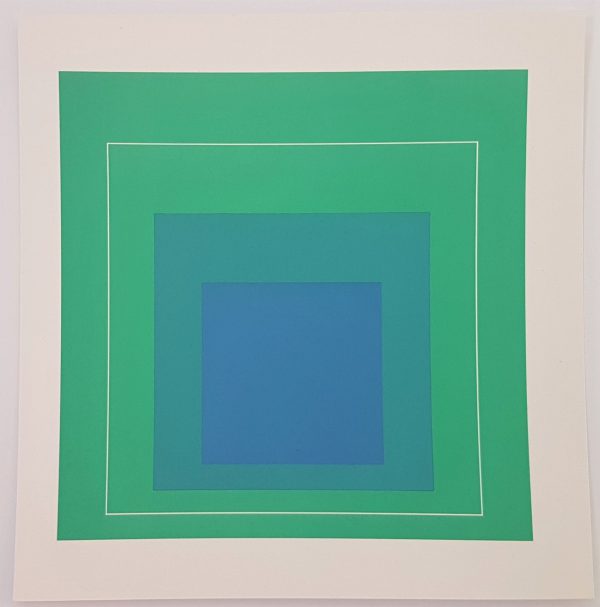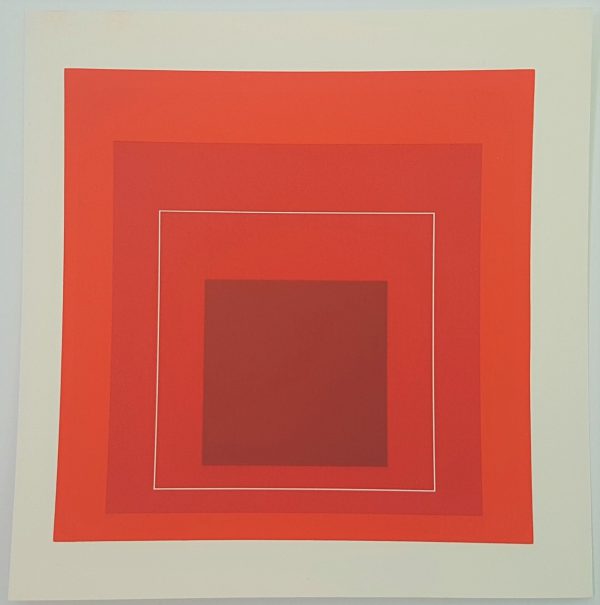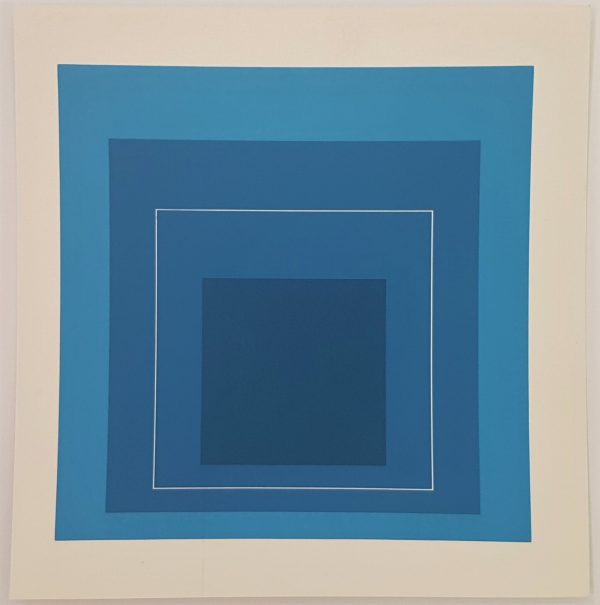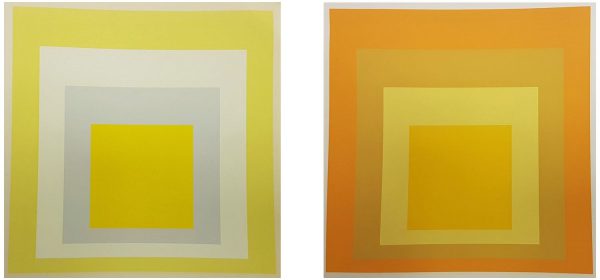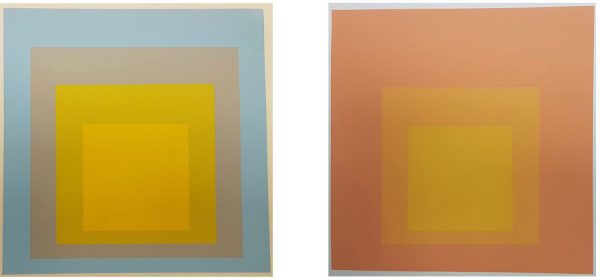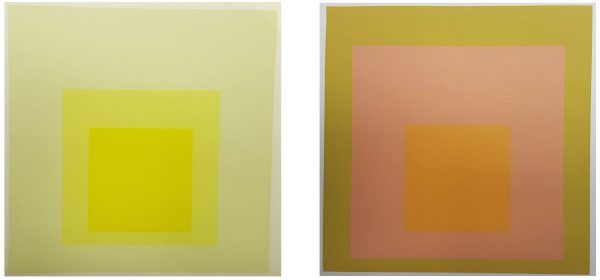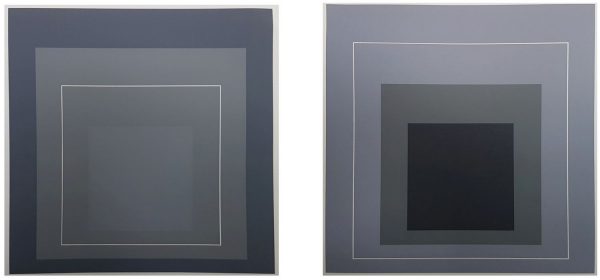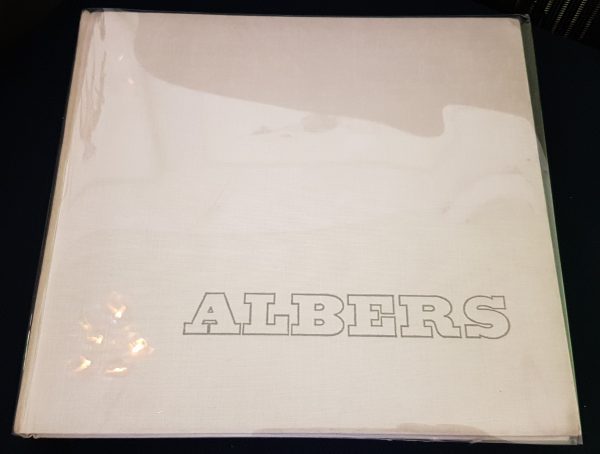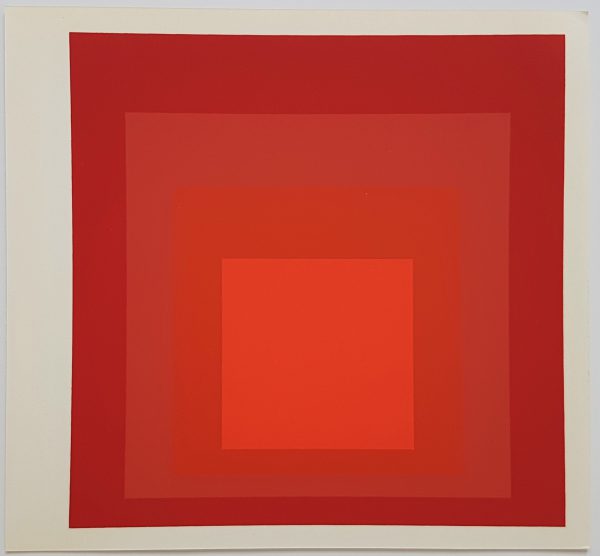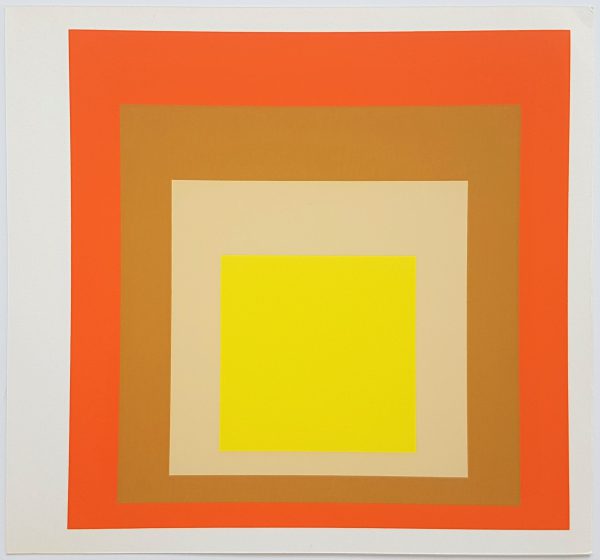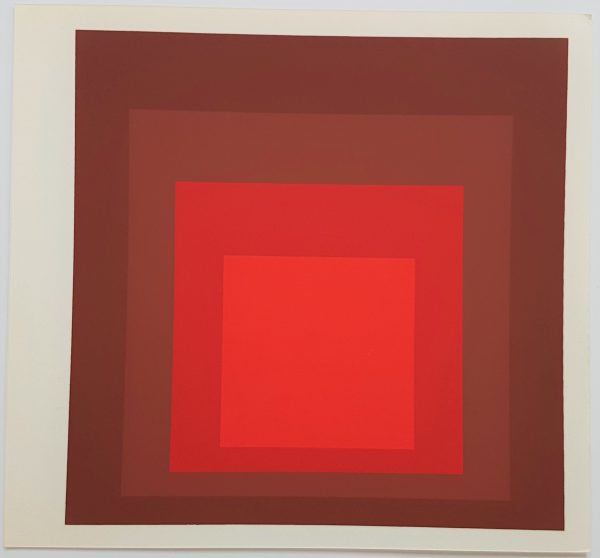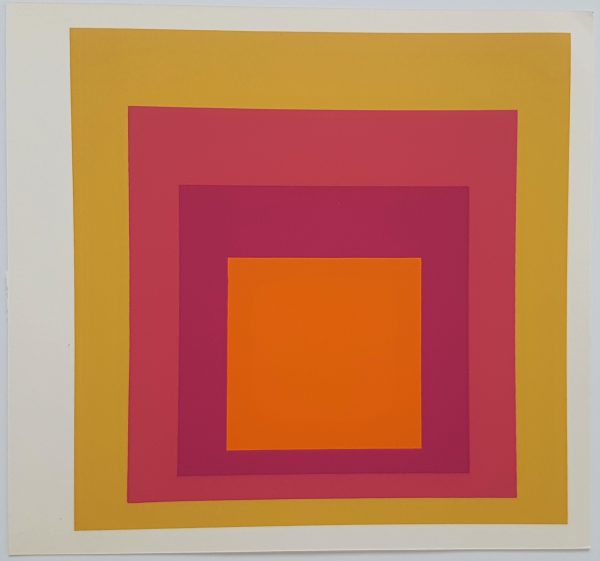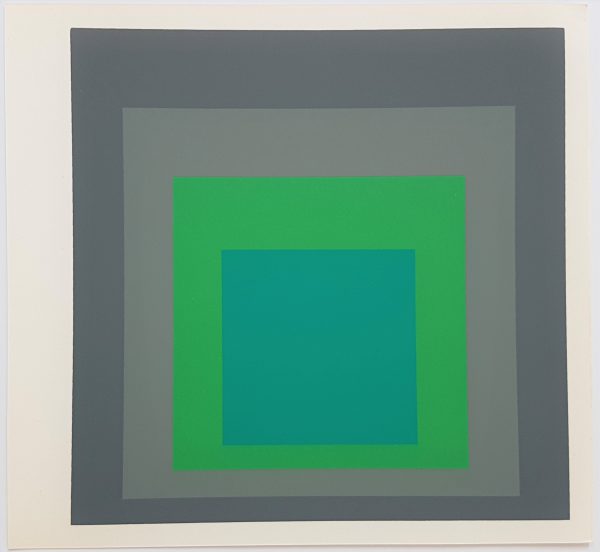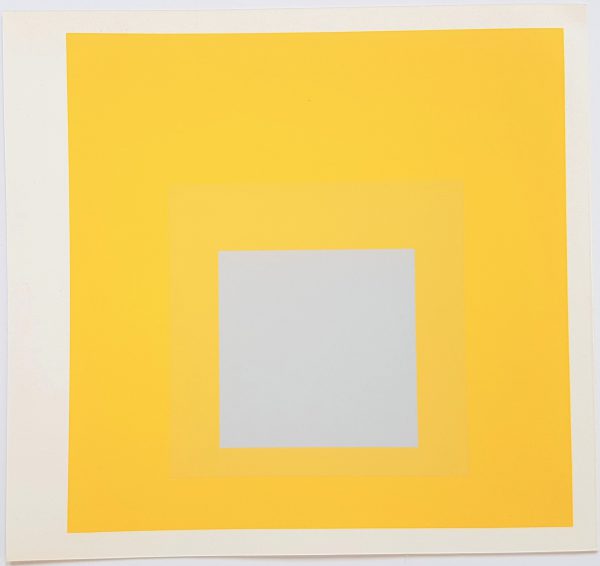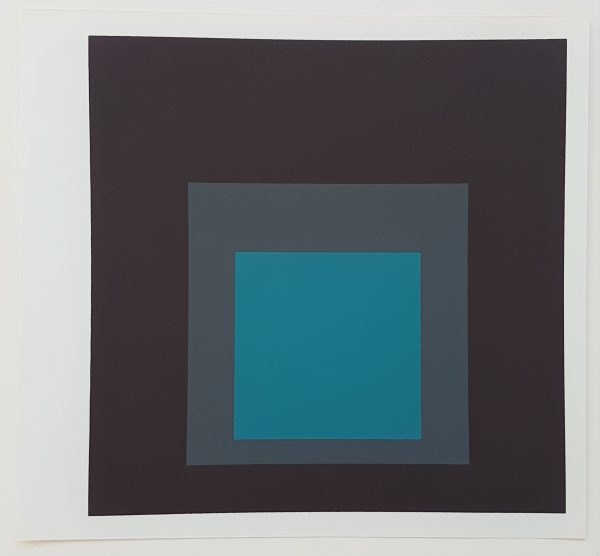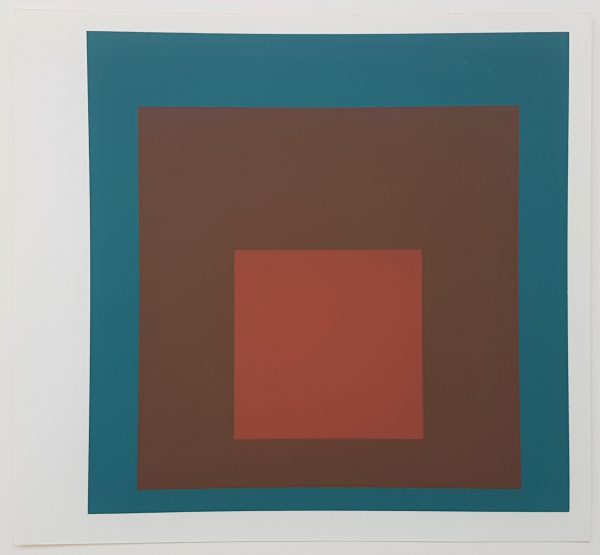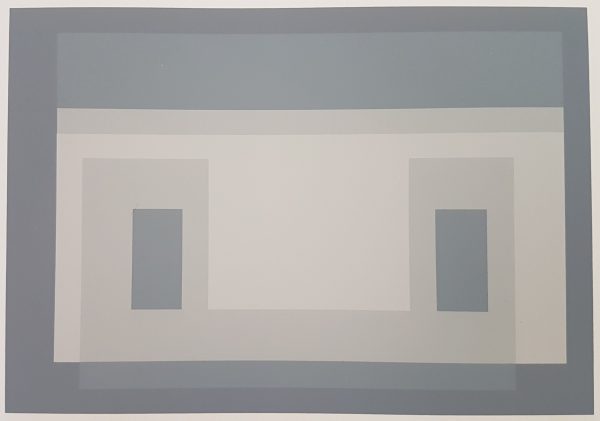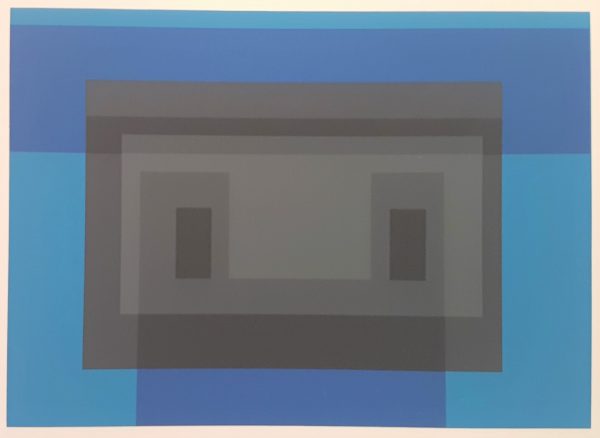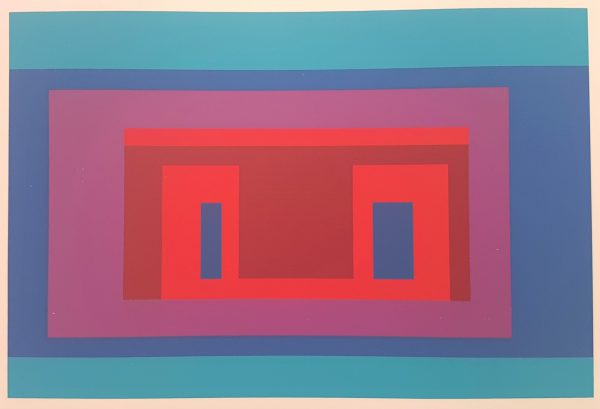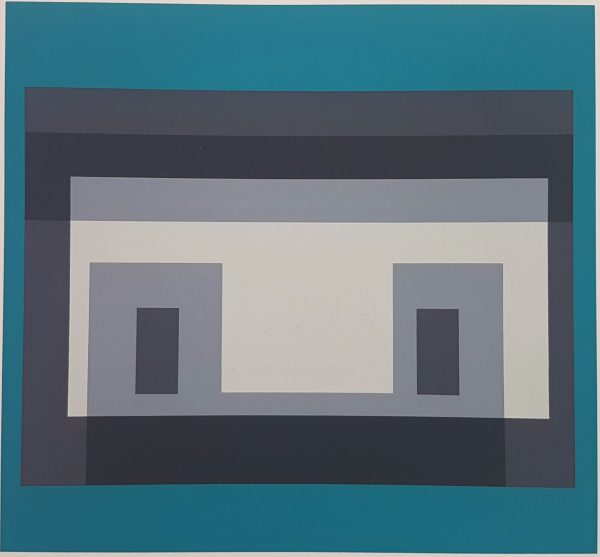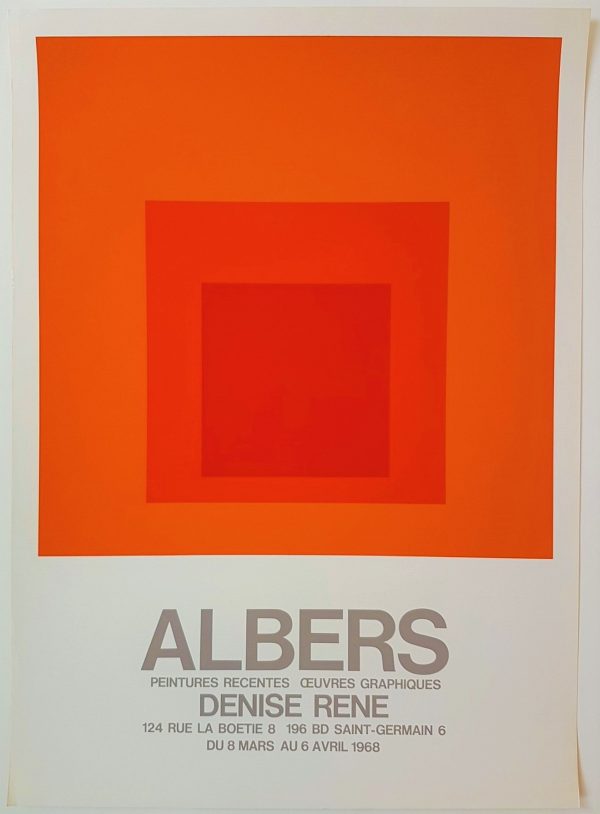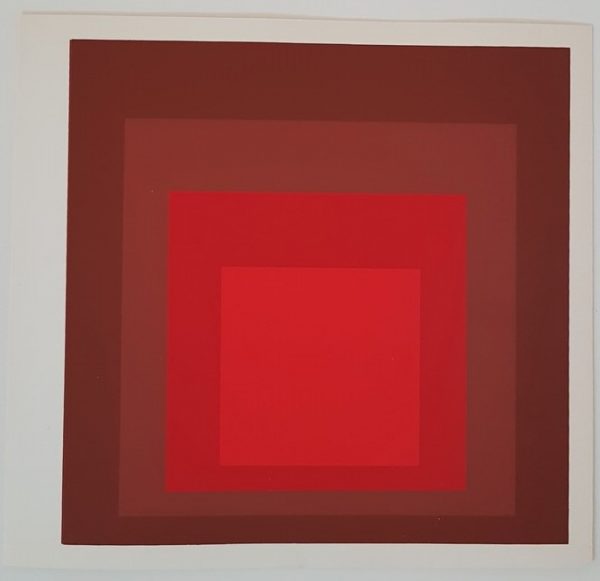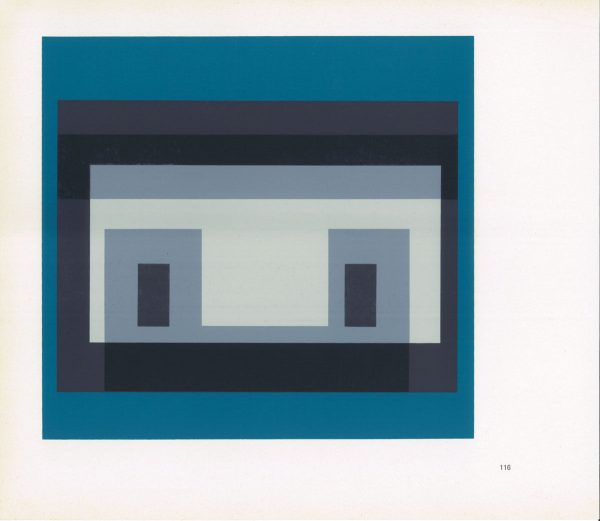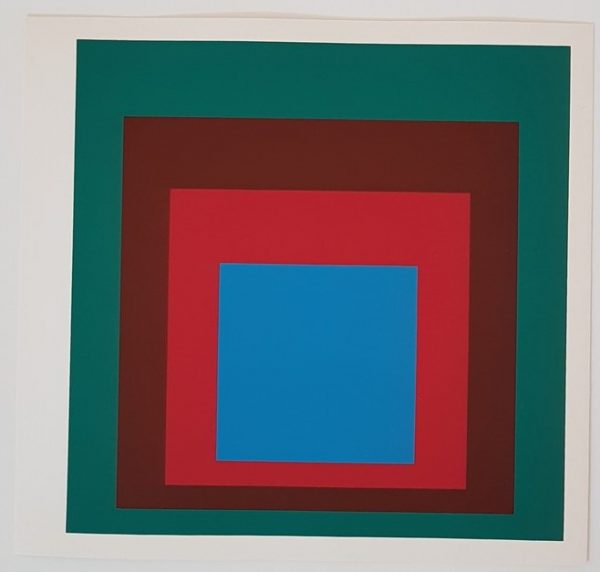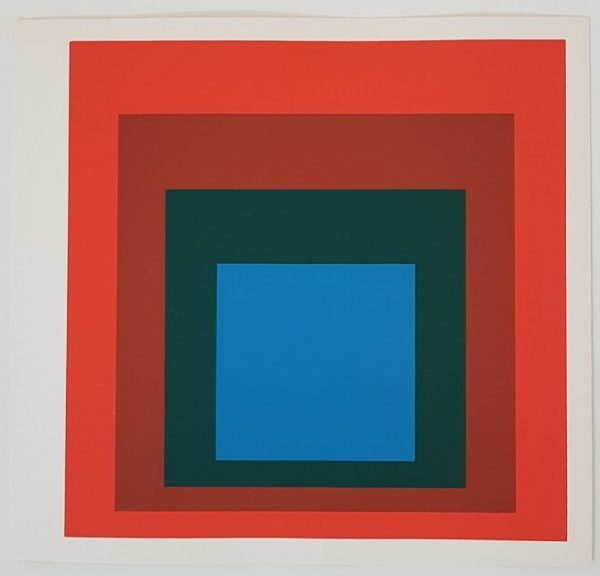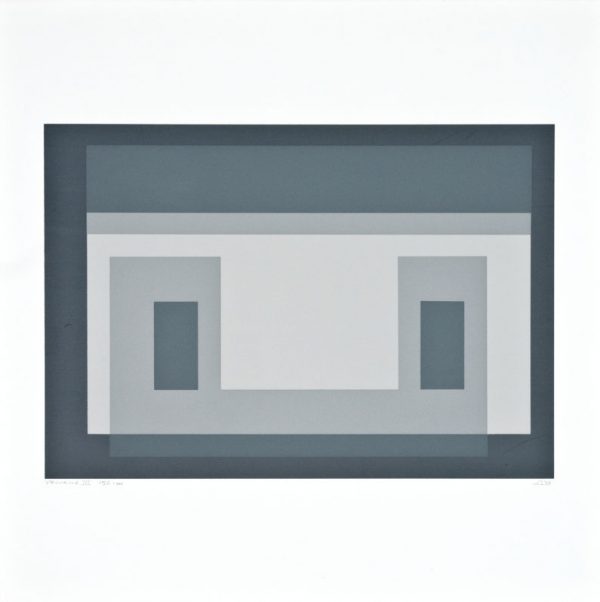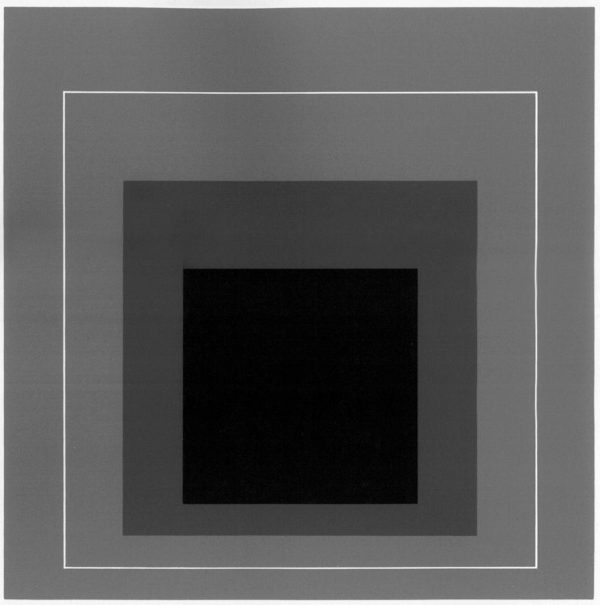No products in the cart.


Sold Out
Ceramics (Functional)
Ceramics (Sculptural)
Editions & Prints
Multi & Mixed Media
Paintings & Drawings
Photography
Homage to the Square (Hommage au Carre) – Set of Four (4) Screenprints
By Josef Albers
Sold Out
Josef Albers
Homage to the Square (Hommage au Carre) – Set of Four (4) Screenprints
Screenprints in brilliant Colors on wove paper
Year: 1972
From “Josef Albers: Son Oeuvre et Sa Contribution à Figuration Visuelle Au Cours Du XXe Siècle”
Printed with an additional image verso as issued
Images 8.75 x 8.75 inches (each)
Sheet: 10.5 x 12 inches (each)
Framed: 12.8×12.8×0.6 inches (each)
Published by Dessain et Tolra – 1972
Serigraphs by Herbert Geier, Ingolstadt, Germany & Ives-Sillman, Inc., New Haven, Connecticut, USA
Unsigned, unnumbered as issued
Ref.: 924802-1920
Questions about this piece? Send us a message!
Tags: Bauhaus,Homage to the Square,Geometric Abstraction,Color Theory,Abstract Art,Modernism,Op Art,Interaction of Color,Bauhaus School,Abstract Expressionism,Color Study,Art Education,Abstract Painter,Josef Albers Foundation,Optical Art,Square Paintings,Minimalism,Hard-edge Painting,Form and Color,Art and Science,German Artist,Color Perception,The Interaction of Color Book,Color Variants,Structural Constellations,Art of Seeing,Color Field Painting,Josef Albers Museum,Modernist Printmaker
Josef Albers (March 19, 1888 – March 25, 1976) was a German-born American artist and educator whose work, both in Europe and in the United States, formed the basis of modern art education programs of the twentieth century.
Accomplished as a designer, photographer, typographer, printmaker, and poet, Albers is best remembered for his work as an abstract painter and theorist. He favored a very disciplined approach to composition. Most famous of all are the hundreds of paintings and prints that make up the series, Homage to the Square. In this rigorous series, begun in 1949, Albers explored chromatic interactions with nested squares. Usually painting on Masonite, he used a palette knife with oil colors and often recorded the colors he used on the back of his works. Each painting consists of either three or four squares of solid planes of color nested within one another, in one of four different arrangements and in square formats ranging from 406×406 mm to 1.22×1.22 m
Other Artwork by Josef Albers
Description
Tags: Bauhaus,Homage to the Square,Geometric Abstraction,Color Theory,Abstract Art,Modernism,Op Art,Interaction of Color,Bauhaus School,Abstract Expressionism,Color Study,Art Education,Abstract Painter,Josef Albers Foundation,Optical Art,Square Paintings,Minimalism,Hard-edge Painting,Form and Color,Art and Science,German Artist,Color Perception,The Interaction of Color Book,Color Variants,Structural Constellations,Art of Seeing,Color Field Painting,Josef Albers Museum,Modernist Printmaker
Josef Albers (March 19, 1888 – March 25, 1976) was a German-born American artist and educator whose work, both in Europe and in the United States, formed the basis of modern art education programs of the twentieth century.
Accomplished as a designer, photographer, typographer, printmaker, and poet, Albers is best remembered for his work as an abstract painter and theorist. He favored a very disciplined approach to composition. Most famous of all are the hundreds of paintings and prints that make up the series, Homage to the Square. In this rigorous series, begun in 1949, Albers explored chromatic interactions with nested squares. Usually painting on Masonite, he used a palette knife with oil colors and often recorded the colors he used on the back of his works. Each painting consists of either three or four squares of solid planes of color nested within one another, in one of four different arrangements and in square formats ranging from 406×406 mm to 1.22×1.22 m


